America's economic recovery is finally — finally! — underway
The last 73 months of unbroken job creation don't really count. Here's why.


Almost seven years after the Great Recession officially ended, America's economic recovery has finally commenced.
What do I mean by "finally commenced?" Hasn't the recovery been underway since mid-2009, with a record-setting, 73-month run of unbroken job creation, including Friday's jobs report?
Well, yes. But this gets to an important nuance in what we mean by "recovery." Another way to put the question is, what does the economy look like when it's operating at full health? I'd propose a pretty straightforward answer to that: When labor markets are really tight — i.e. when the supply of available jobs outpaces the supply of available workers by such a degree that "over a broad range of occupations and industries, employers would like to employ more workers than they do," as economist Hyman Minsky put it.
The Week
Escape your echo chamber. Get the facts behind the news, plus analysis from multiple perspectives.

Sign up for The Week's Free Newsletters
From our morning news briefing to a weekly Good News Newsletter, get the best of The Week delivered directly to your inbox.
From our morning news briefing to a weekly Good News Newsletter, get the best of The Week delivered directly to your inbox.
When that happens, workers have the leverage to demand better pay and working conditions, since they can just leave for another job if those demands aren't met. So incomes rise and they typically rise fastest for the poorest workers. Employers also can't be too picky about who they hire. They can't afford to turn down applicants because of their criminal history, credit history, possible disabilities, education, or other unusual circumstances. And tight labor markets also force employers to hire people who might otherwise have been shoved to the fringes of the economy by prejudice and discrimination — so really tight labor markets disproportionately help African-Americans and other minorities.
America isn't there yet. Indeed, the last time it did was arguably not during the business cycle peak in 2007, but during the peak in the late '90s. But last Friday's job report — which details job growth in March — reconfirms that, in the last few months, the labor market has finally started actively pushing in that direction.
First is labor force participation. That's the number of people over age 16 in the economy who have actively looked for work in the last four weeks. Again, this peaked in the late '90s at 67 percent, then ticked down to 66 percent by 2007. Then it collapsed with the Great Recession, and just kept heading down, until it hit 62.4 percent this past September. Then it began to nudge back up, reaching 62.9 percent in February, and 63 percent in March.
That's a slow climb, but it keeps the turnaround going. And the turnaround is the key thing: When the economy goes into a deep dive the way it did in 2008, a lot of people can just give up on finding work entirely, which is what causes labor force participation to fall. Some of this is retirements, yet even accounting for that, 63 percent is too low.
A free daily email with the biggest news stories of the day – and the best features from TheWeek.com
But the turnaround means that job growth has finally reached the point where it's not just pulling people into employment from the labor force — it's pulling people from outside the labor force back into employment too. As Ben Casselman noted at FiveThirtyEight, the number of people entering the labor force because they got a job has been steadily rising, while the number of people entering the labor force because they've merely started looking for work has fallen.
Meanwhile, the Economic Policy Institute's "missing worker" metric — which tracks potential workers who by all rights would be either employed or looking for work, but aren't due to a lack of job opportunities — finally started falling in mid-2015, and dropped again from February to March.
Another sign is the prime age employment ratio. This is a slightly different metric: It takes every American between ages 25 and 54, and just asks if they have a job or not. Its advantage is that it isn't distorted by people who are likely in school (under 25) or retired (over 54). This is another metric that peaked in the late '90s at 81.9 percent, but only got to 80.3 percent in the business cycle of 2007. Then it fell to 75 percent with the Great Recession and has been slowly climbing since. It actually plateaued for much of 2015, which freaked everyone out. But then it picked up again around November, and increased from 77.8 percent in February to 78 percent in March.
The U.S. still has a long way to go. There's no reason the prime age employment ratio shouldn't get back to 81.9 percent or thereabouts, for instance. African-Americans' unemployment rate is falling, but was still 9 percent in March. Especially disturbing is the long-term unemployment rate — people haven't found work for at least 27 weeks — stopped falling in mid-2015 and has been at a standstill since.
Lastly, the clearest sign of tight labor markets — steady and high wage growth, usually around 4 percent — remains absent. We were at a roughly 2.3 percent for March, and if you squint you can maybe see a slight upward trend in the growth rate since 2012.
But the point is, the rise in the labor force participation rate — backed by the fall in missing workers and the renewed rise of the prime age employment ratio — means the economy has reached a new stage. Employers have tapped out or are close to tapping out the supply of unemployed workers in the labor force, and are now bringing in new hires from outside it. When that supply of new workers is tapped out too — when the labor force cannot grow any more, but pressure on employers keeps building anyway — that's when wages will really take off.
In a better world, U.S. policymakers would be doing everything they could to help this process along. But the least they could do is not impede it. That means you, Federal Reserve.
Jeff Spross was the economics and business correspondent at TheWeek.com. He was previously a reporter at ThinkProgress.
-
 Critics’ choice: The year’s top 10 movies
Critics’ choice: The year’s top 10 moviesFeature ‘One Battle After Another’ and ‘It Was Just an Accident’ stand out
-
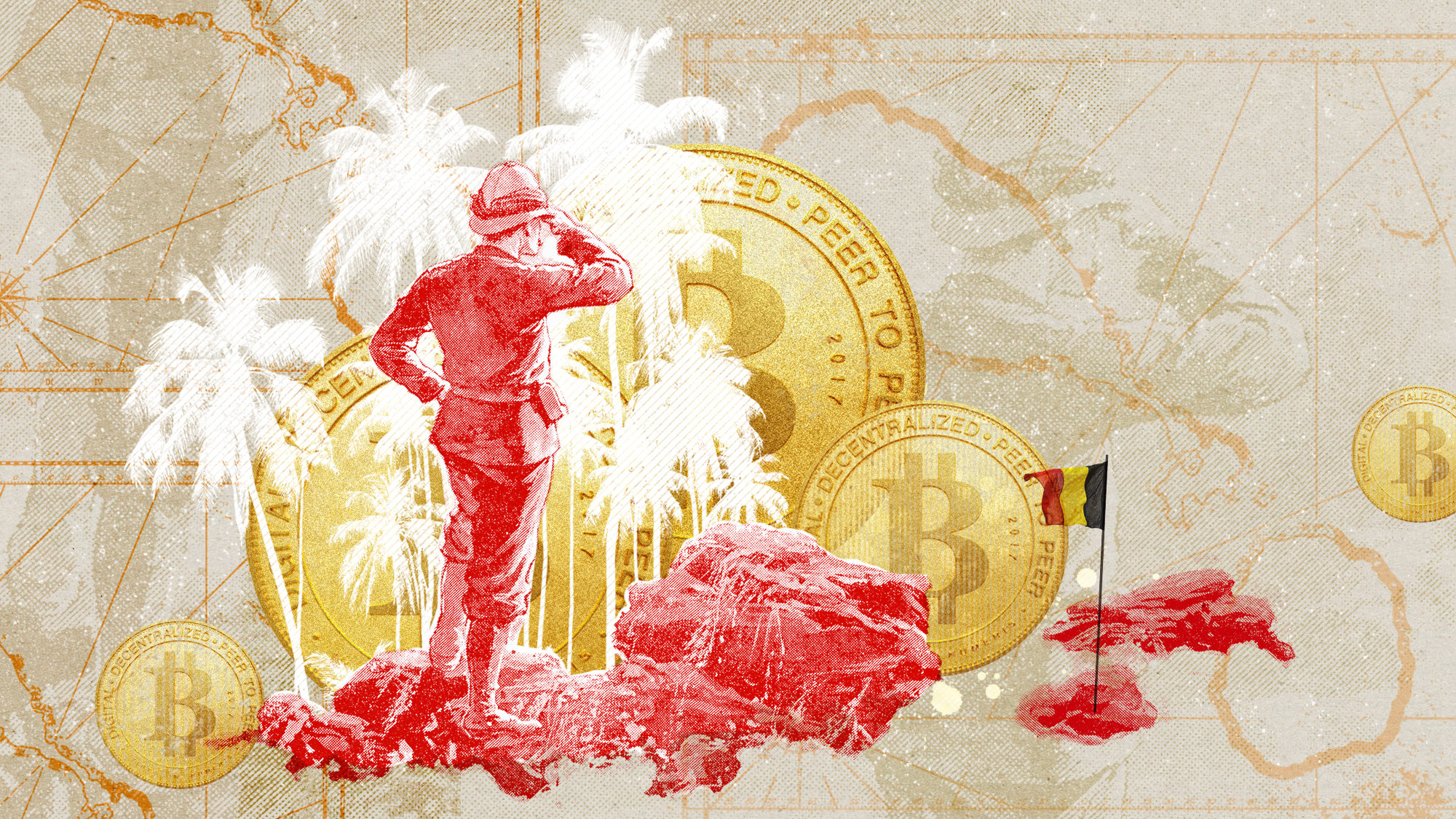 The small Caribbean island courting crypto billions
The small Caribbean island courting crypto billionsUnder the Radar Crypto mogul Olivier Janssens plans to create a libertarian utopia on Nevis
-
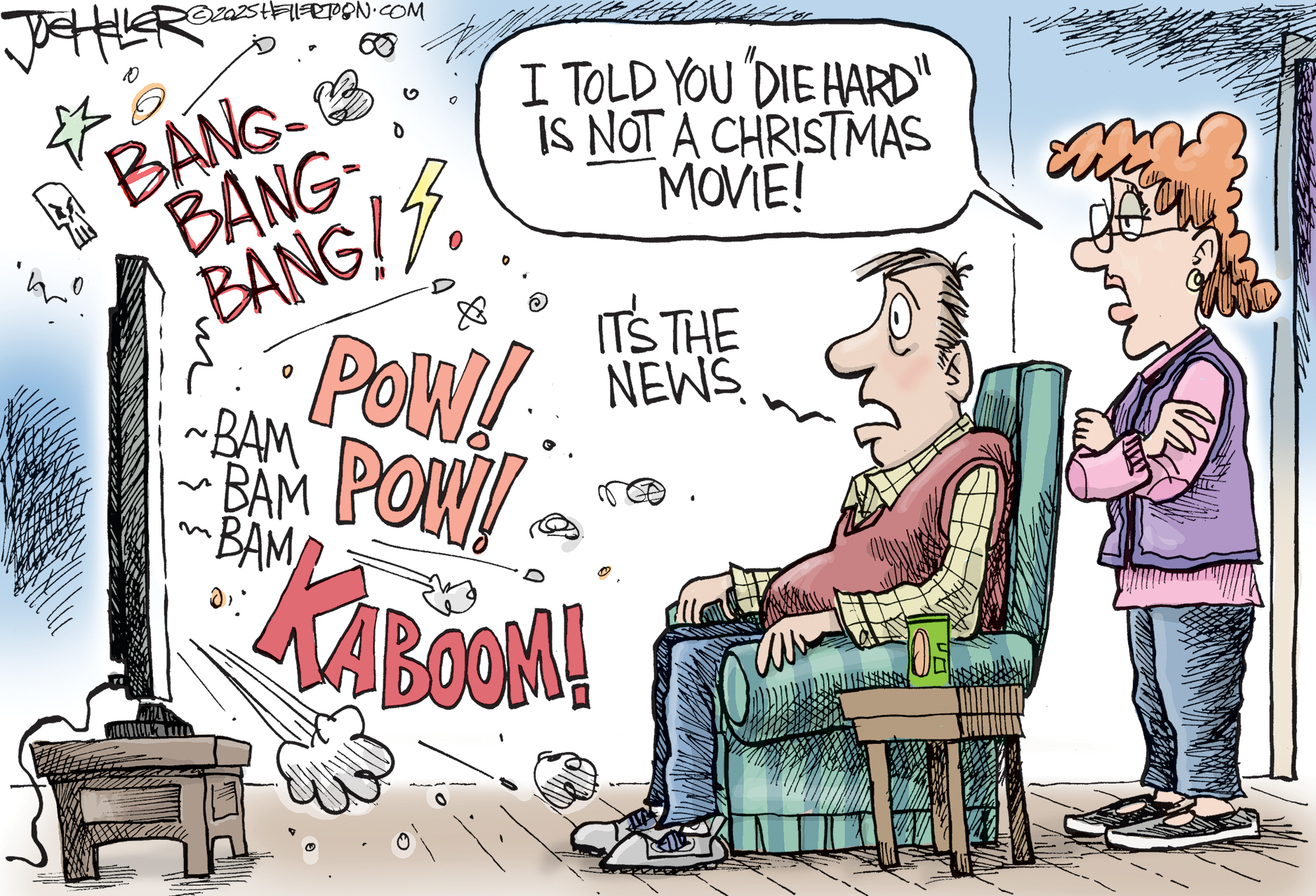 Political cartoons for December 21
Political cartoons for December 21Cartoons Sunday’s political cartoons include Christmas movies, AI sermons, and more
-
 The pros and cons of noncompete agreements
The pros and cons of noncompete agreementsThe Explainer The FTC wants to ban companies from binding their employees with noncompete agreements. Who would this benefit, and who would it hurt?
-
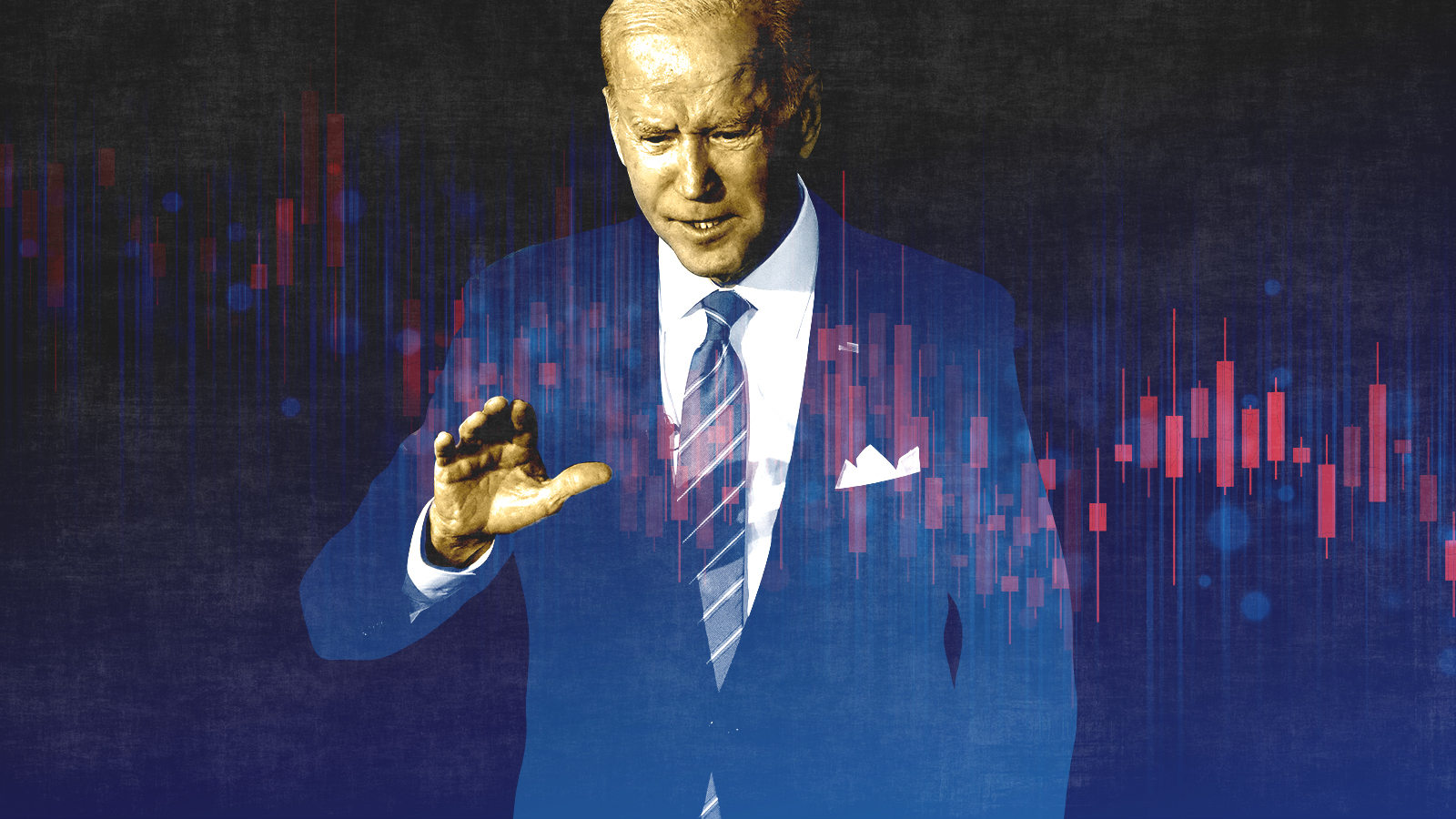 What experts are saying about the economy's surprise contraction
What experts are saying about the economy's surprise contractionThe Explainer The sharpest opinions on the debate from around the web
-
 The death of cities was greatly exaggerated
The death of cities was greatly exaggeratedThe Explainer Why the pandemic predictions about urban flight were wrong
-
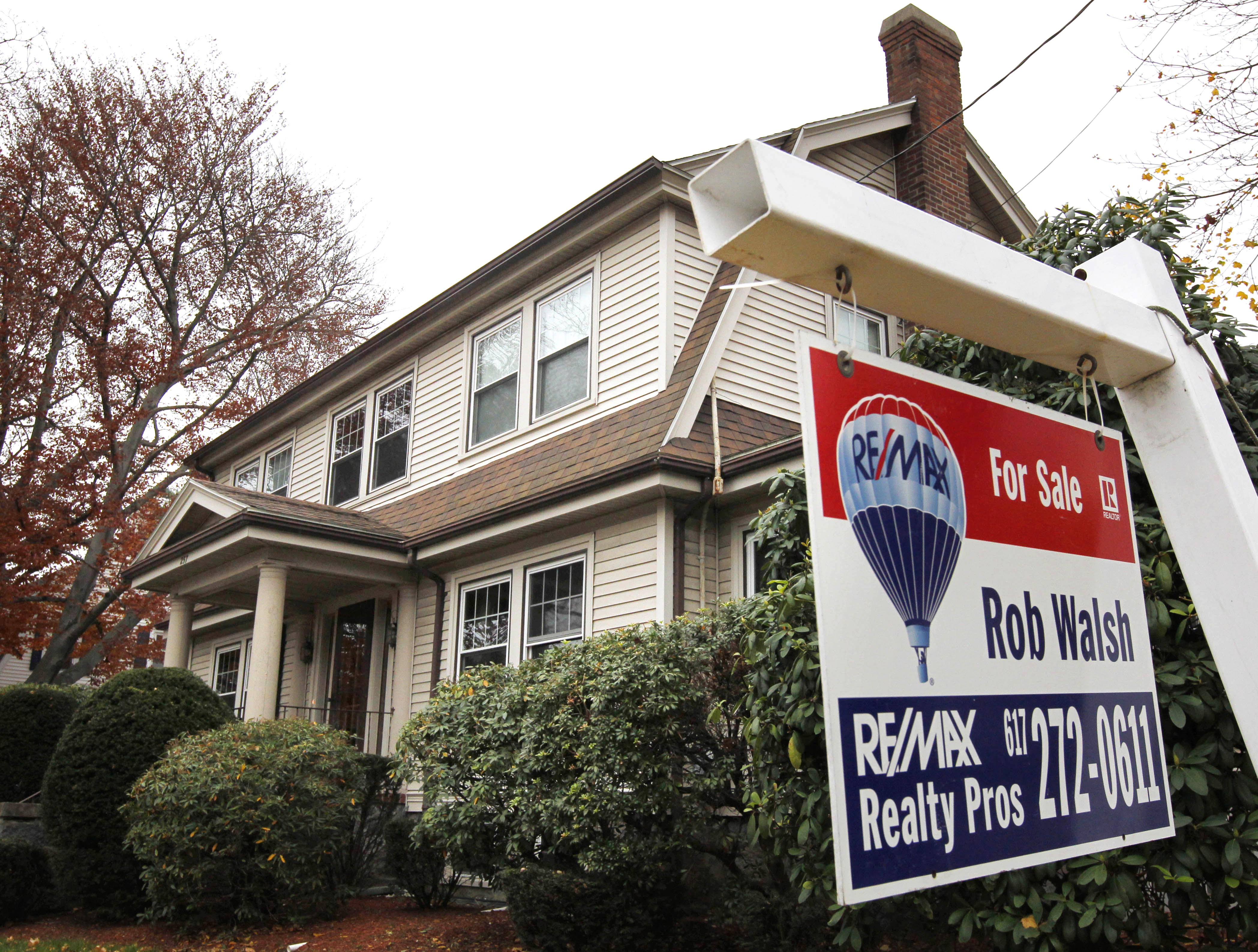 The housing crisis is here
The housing crisis is hereThe Explainer As the pandemic takes its toll, renters face eviction even as buyers are bidding higher
-
 How to be an ally to marginalized coworkers
How to be an ally to marginalized coworkersThe Explainer Show up for your colleagues by showing that you see them and their struggles
-
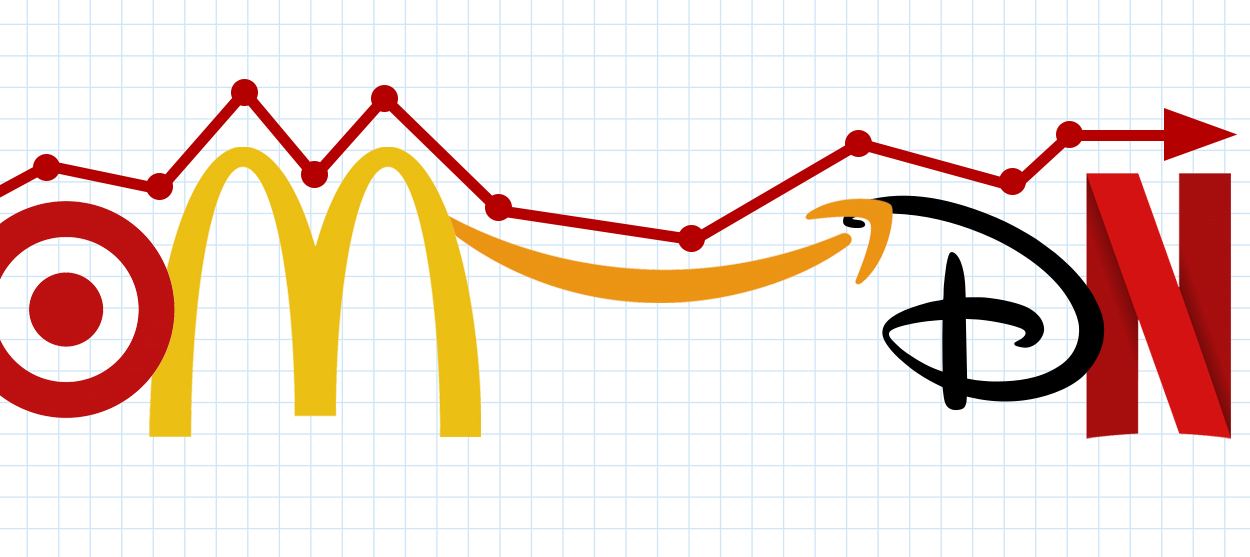 What the stock market knows
What the stock market knowsThe Explainer Publicly traded companies are going to wallop small businesses
-
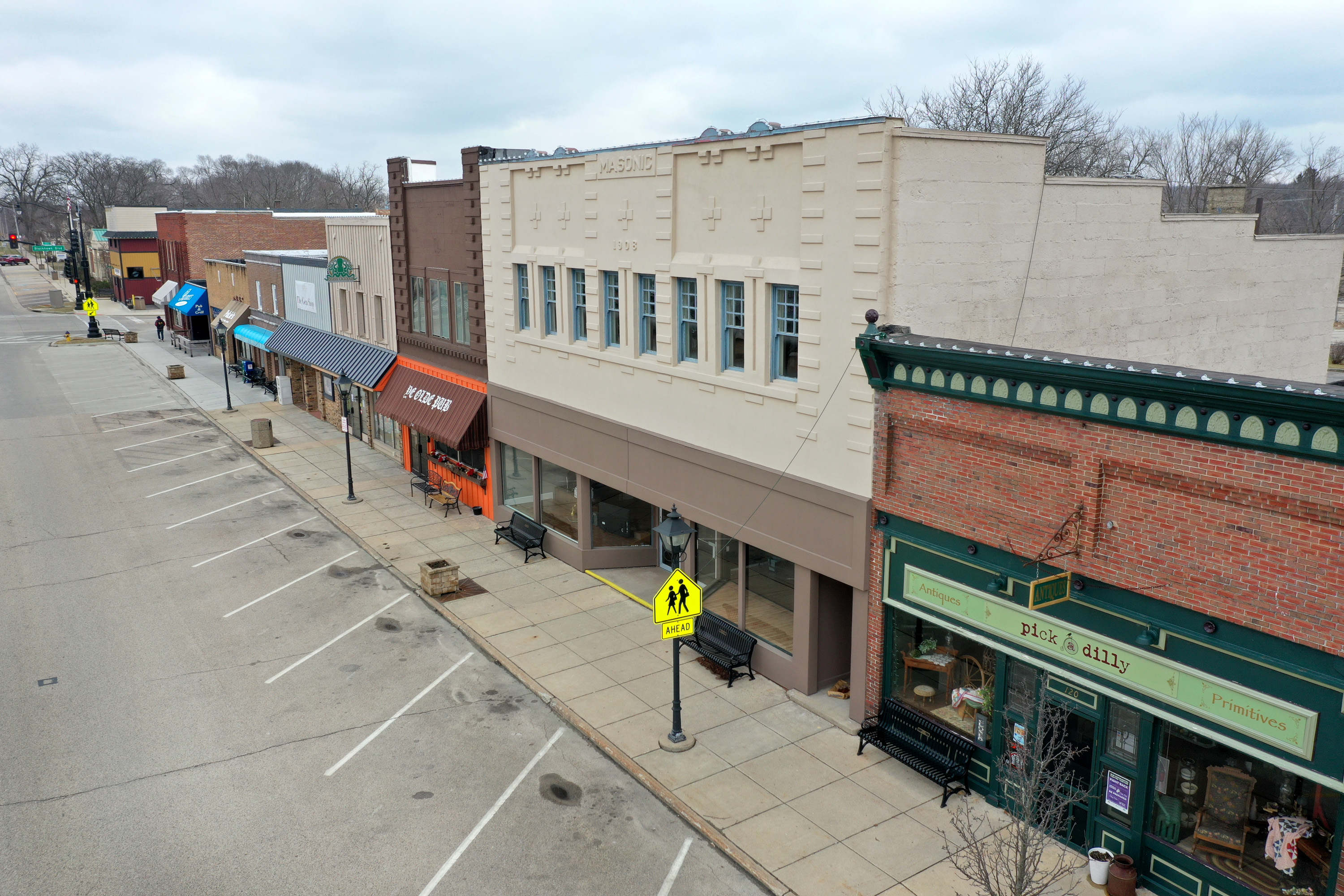 Can the government save small businesses?
Can the government save small businesses?The Explainer Many are fighting for a fair share of the coronavirus rescue package
-
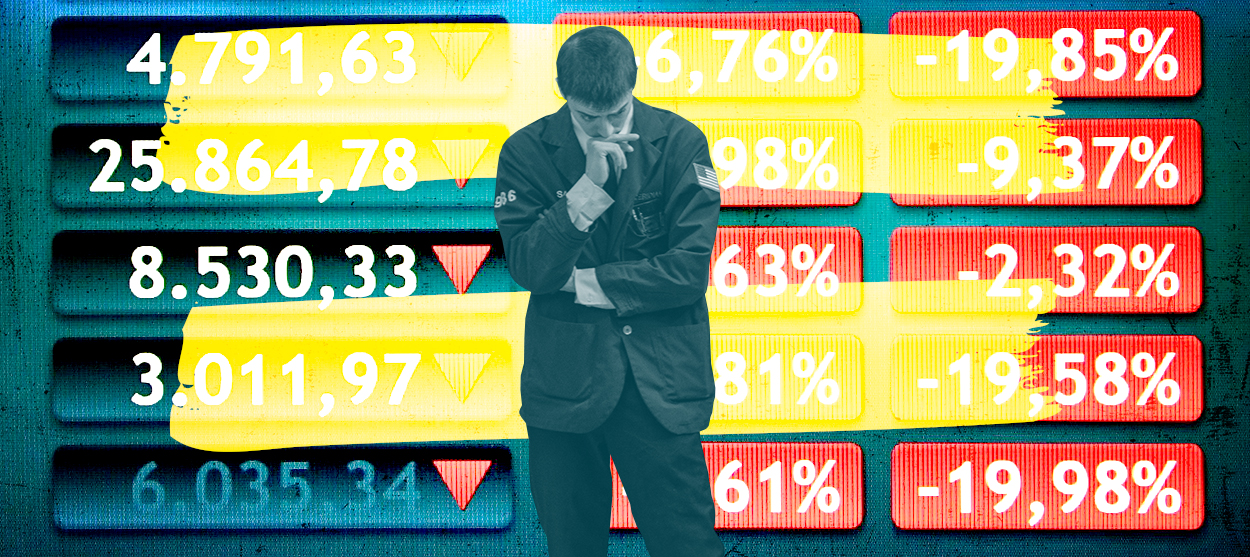 How the oil crash could turn into a much bigger economic shock
How the oil crash could turn into a much bigger economic shockThe Explainer This could be a huge problem for the entire economy
